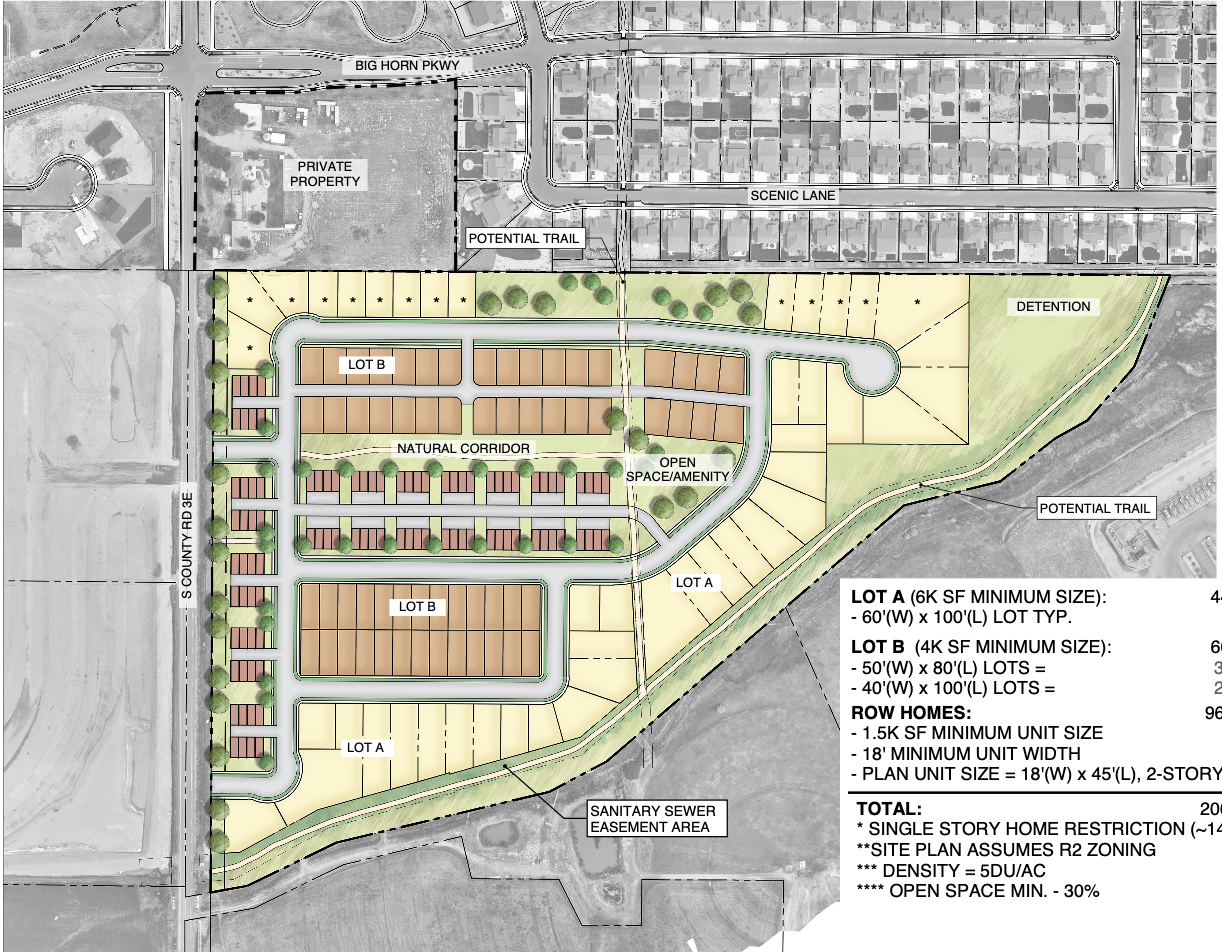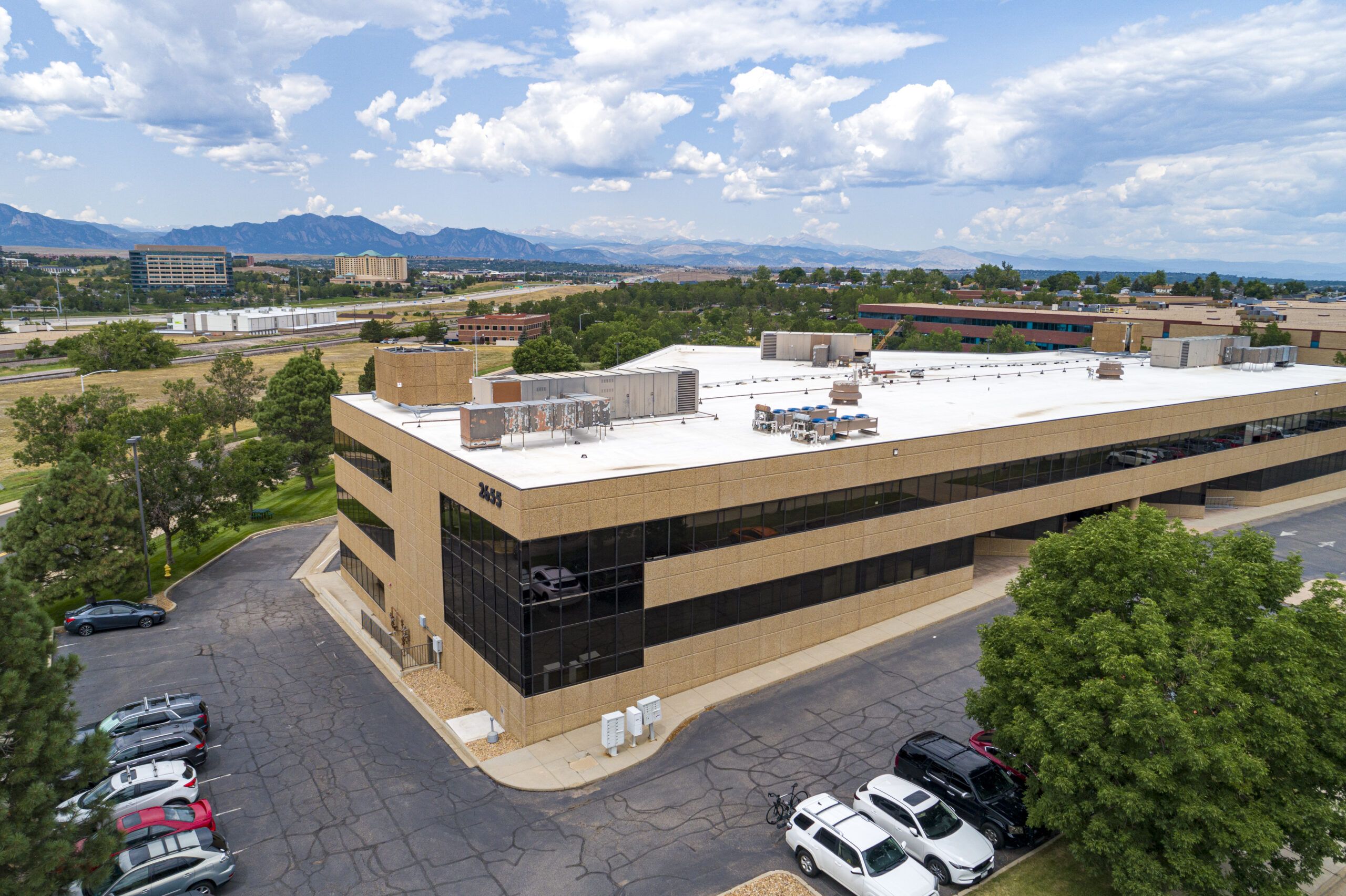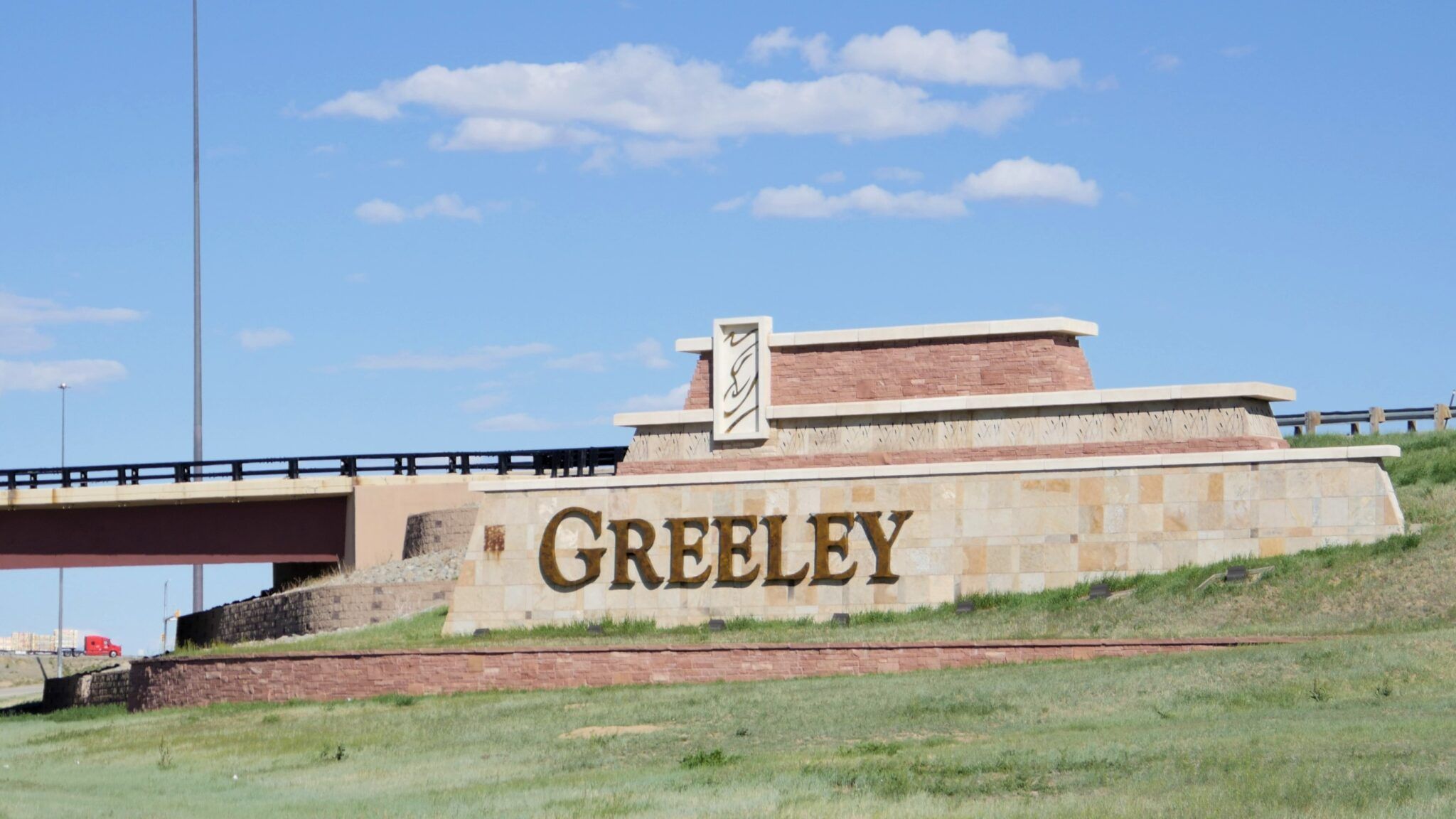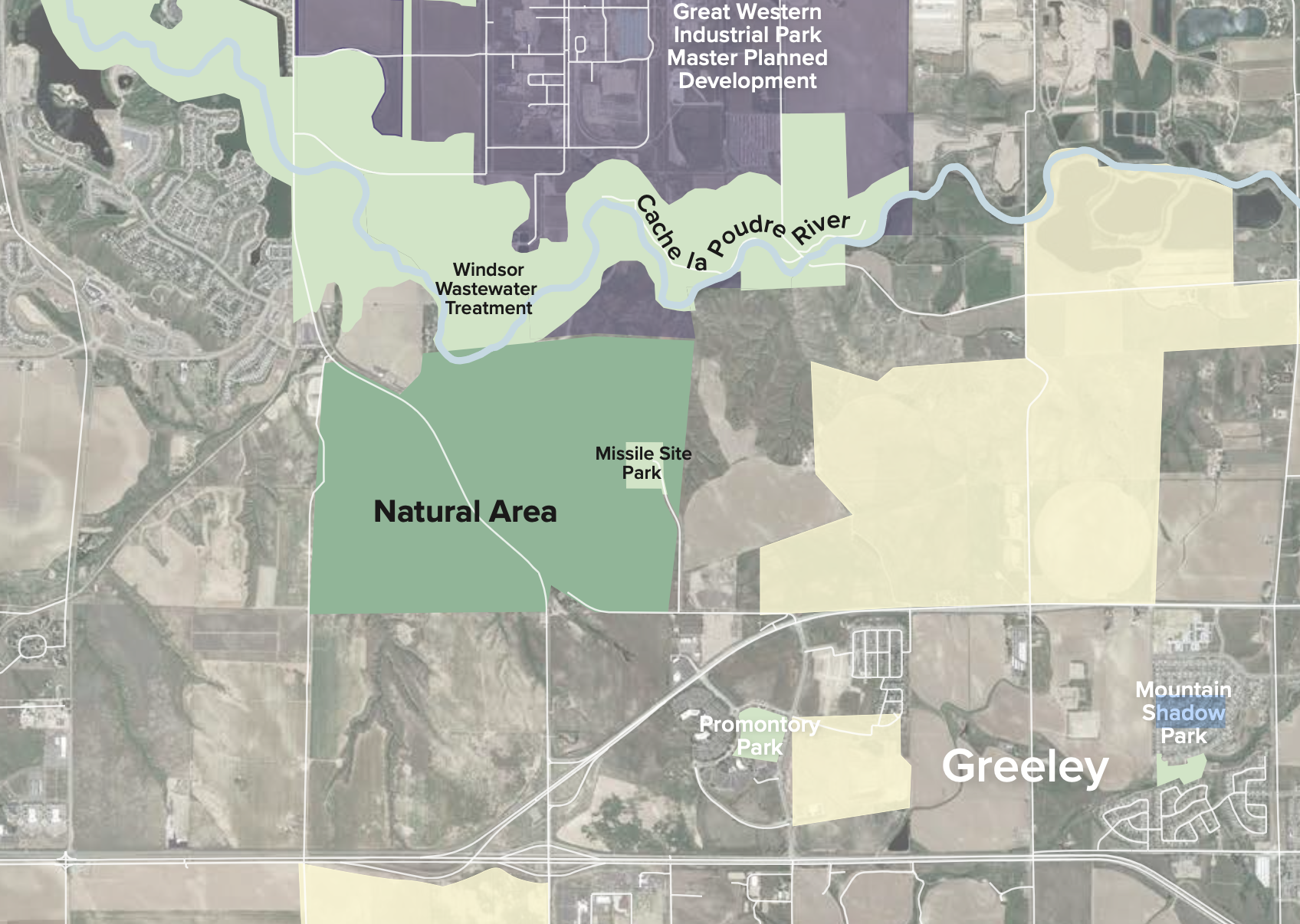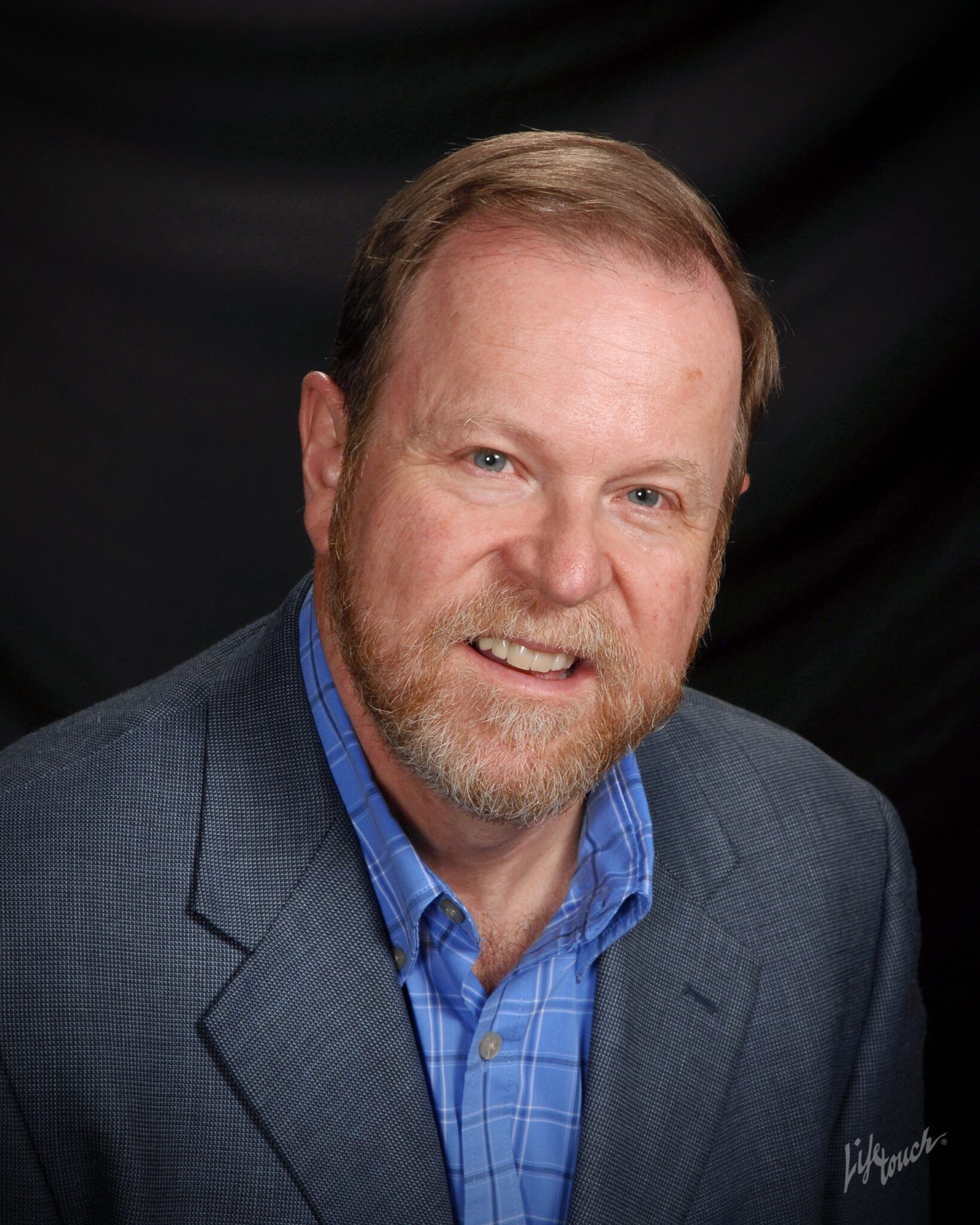Amundson: Stories some don’t want told
Editor’s note: This is the fourth in a five-part series of columns detailing notable news stories from the past 51 years, leading up to the author’s retirement.
Telling important public interest stories involving public entities that don’t want their stories told has certainly been among the most rewarding work a journalist can do. It explains why the press earned the moniker “the fourth estate,” in reference to the three constitutional estates — the executive, legislative and judicial branches of government.
The press, of course, is not a governmental entity and is not part of the structure of American governance, except that it is the only private sector industry to be called out by name in the Bill of Rights’ First Amendment.
SPONSORED CONTENT
Over the past 50 years, there have been many instances of stories that organizations with which I’ve worked have been able to report when sources sought to keep things under wraps. But among the most rewarding was a recent one: The under development Amazon fulfillment warehouse in Loveland.
BizWest spends a lot of its resources tracking property transactions, and it was a property transaction in 2021, the $9.4 million purchase of 151.8 acres in northeast Loveland near the Northern Colorado Regional Airport, that first caught our attention.
Official information was difficult to discover, even though development projects routinely result in public records such as permit applications, site plans, development plans and more.
A city official who has always been in-the-know acknowledged that he had been “instructed not to share the status of the project.”
Work was beginning at the site before anything was made available publicly and then it was a rather general statement that the city had “signed a development agreement to build a sortable fulfillment center” at the site and listed the size as 600,000 square feet. A nondisclosure agreement was noted.
The project did not show up on the city’s development map. The permit for sitework at the site was hidden.
A Colorado Open Records Act request was filed to break loose some of the documents for what was now being called “Project Sugar.”
Then the real details came forward. A Jan. 26, 2022, entry identified as “director override” cited “Project Sugar – New Warehouse” and listed its size of not 600,000 square feet but 3.9 million square feet.
To put that in perspective, at 3.9 million square feet, such a facility would be the second largest in the Amazon network of warehouses. The largest, at least at that time, was 4.1 million square feet in Ontario, California. The largest warehouse in the world, according to internet sources, is thought to be the Boeing Co. (NYSE: BA) warehouse in Everitt, Washington, at 4.3 million square feet — although that one is not likely to be spread over five stories like the Loveland Amazon facility.
It’s BizWest’s position and mine that despite the often cited confidentiality agreements that companies such as Amazon require of cities, that public entities do not have authority to restrict access to information that otherwise is considered public under the law. In other words, it is inappropriate for the government to bargain away the rights of citizens in this fashion, even when the ends might justify the means.
The facility in Loveland is not yet open; the plan calls for hiring at the facility to commence in late 2024 with opening in 2025, unless it’s delayed. Which is possible but not likely, according to industry sources. The technology that will be employed, and its location in Amazon’s “path of growth,” make it an important development for the company. Faster and faster delivery appears to be the mantra for Amazon.
In this case, the latest robotic technology will be employed on the upper four floors of the facility with workers spending their days mostly on the ground floor. Amazon uses artificial intelligence to determine where consumers live who might order specific items; then, it stocks those items in warehouses nearby those consumers. No snow shovels in Miami, for example.
Then, multiple products of the same kind are strategically located at multiple locations within the individual warehouse. That permits robots to quickly fill multiple orders for the same item simultaneously without interfering with other orders.
Amazon will continue to use the final-mile warehouse located south of the Northern Colorado Regional Airport on Centerra land to stockpile and load the neighborhood delivery trucks common on America’s streets. The large center under construction will receive and ship using only semi trucks. Drone delivery is also not in the plan, even if the facility’s location adjacent to the airport would permit it.
Click to view additional stories in Ken’s series.
Truth: Stranger than fiction
https://bizwest.com/2024/01/05/truth-stranger-than-fiction/
Collaborative journalism: A joint effort to protect a community
https://bizwest.com/2024/02/02/collaborative-journalism-a-joint-effort-to-protect-a-community/
Amundson: Not always what it seems
https://bizwest.com/2024/03/08/amundson-not-always-what-it-seems/
Amundson: Stories some don’t want told
https://bizwest.com/2024/04/02/amundson-stories-some-dont-want-told/
Amundson: Local events take a toll
https://bizwest.com/2024/05/03/amundson-local-events-take-a-toll/
Amundson: Career focused on community journalism
https://bizwest.com/2024/05/30/amundson-career-focused-on-community-journalism/
Amundson to retire from BizWest after 51 years in journalism
https://bizwest.com/2024/05/31/amundson-to-retire-from-bizwest-after-51-years-in-journalism/
Over the past 50 years, there have been many instances of stories that organizations with which I’ve worked have been able to report when sources sought to keep things under wraps. But among the most rewarding was a recent one: The under development Amazon fulfillment warehouse in Loveland.

